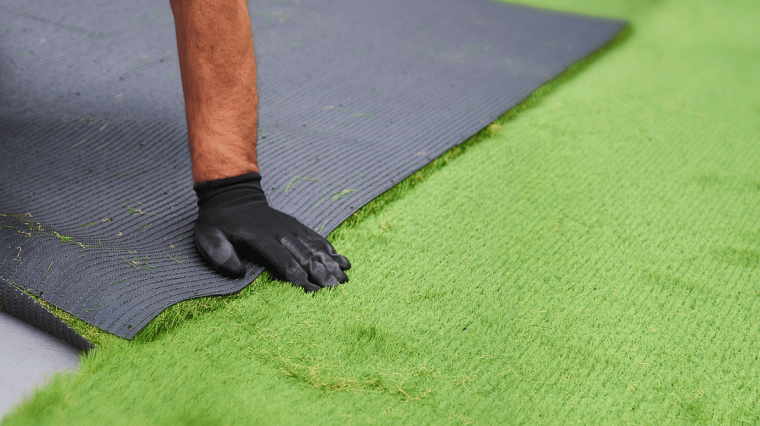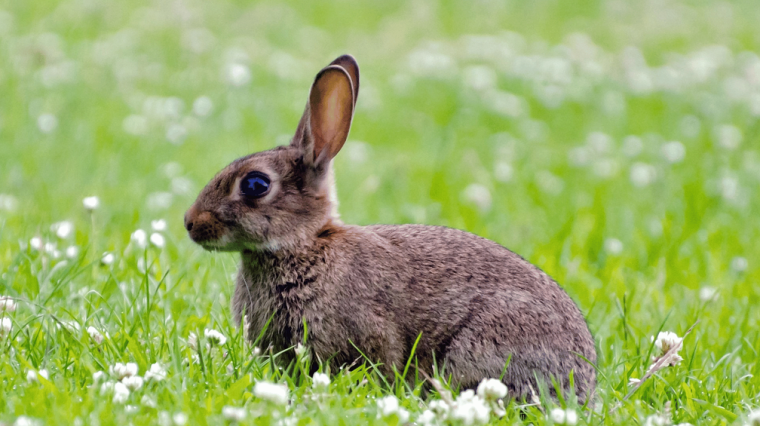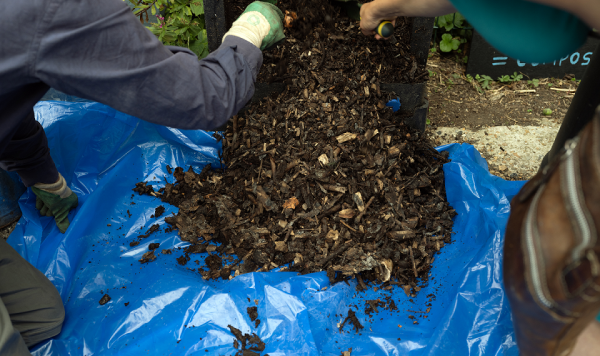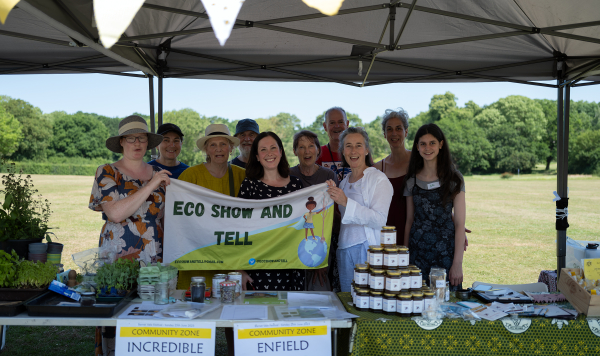Artificial grass, often seen as a convenient and long-lasting landscaping solution, brings with it a set of challenges for the world of waste. While it may seem like a low-maintenance option for homeowners and businesses, its negative impact on waste management systems cannot be ignored. In this blog, we'll explore the reasons why artificial grass poses problems for our sector.
What is artificial grass and why is it becoming more popular?
Artificial grass is made from a man-made surface of synthetic fibres, that are devised to mimic the feel and appearance of natural grass.
The material has commonly been used on sports pitches, however, it has made its way onto residential lawns at an alarming rate. Recent figures have shown a sharp rise in artificial grass consumption over the last 5 years - but why is this environmentally harmful idea becoming so popular?
Well, there are a few reasons why consumers are turning to fake turf.
-
There is no need for a fossil-fueled or electric lawn mower.
-
Doesn’t require fertilisers or herbicides.
-
No requirement to water.
Although these ‘benefits’ may seem enticing, it is the environmental impact of artificial grass that far outweighs any of these.

Why artificial grass is damaging for the environment?
One major issue with artificial grass is that it is made from plastic materials, which can take hundreds of years to degrade, contributing to plastic pollution. This is devastating for the environment and harms wildlife.
Another environmental concern is the energy and resources required to produce artificial grass. The manufacturing process of artificial grass requires significant energy inputs, which can contribute to climate change. The material used to make artificial grass is not biodegradable and cannot be recycled, adding to the strain on landfills and incinerators.
Unlike many recyclable materials, used artificial grass does not have a wide range of reuse possibilities. Due to its design and construction, repurposing the material for other applications is challenging and often impractical. As a result, the potential for finding sustainable second-life solutions for artificial grass is limited.
Finally, artificial grass does not provide a natural habitat for wildlife. This can negatively impact local ecosystems, as it does not support the growth of plants and flowers and does not provide food or shelter for animals. Natural grass, on the other hand, helps to maintain a healthy ecosystem.

In summary
In conclusion, while artificial grass may appear to provide an attractive and low-maintenance landscaping solution, its impact on waste management systems cannot be ignored.
The widespread adoption of artificial grass contributes to a significant waste problem, primarily due to its non-biodegradable plastic composition.
Additionally, the energy-intensive production process and lack of effective recycling or reuse options puts a strain on waste disposal facilities and contributes to carbon emissions.
Manufacturers claim artificial lawns need replacing at least every 10 to 20 years, so if you’ve moved into a property which already has one or you regret your decision to get one installed – our advice is to wait until it comes to the end of its lifespan. Then replace it with the real deal!
Let's opt for greener, more environmentally friendly landscaping practices and lead the way in building a cleaner and greener north London.



